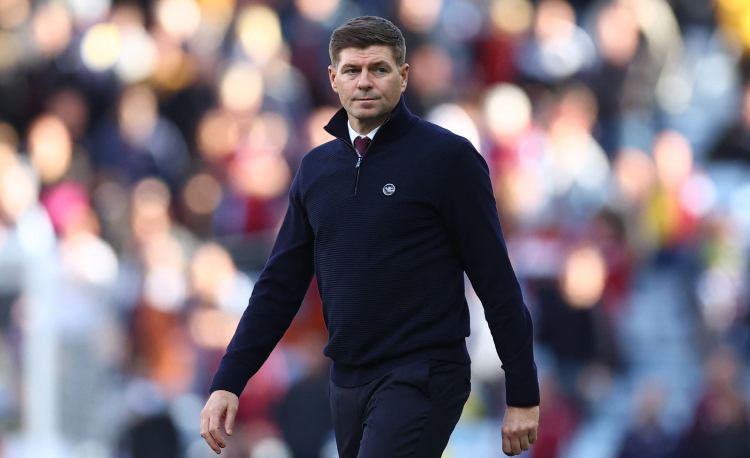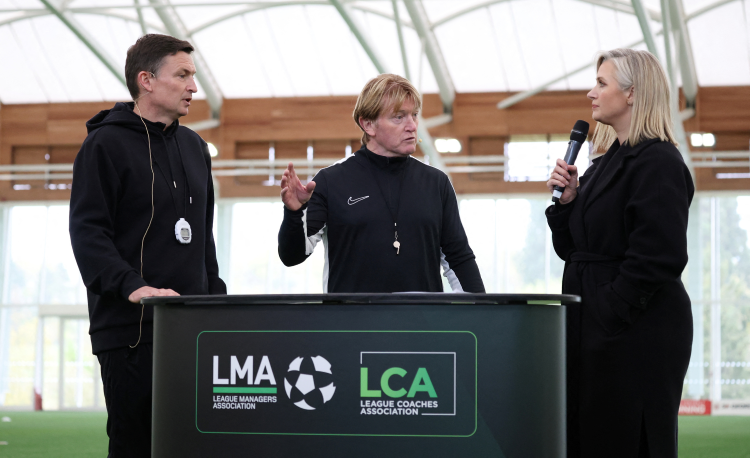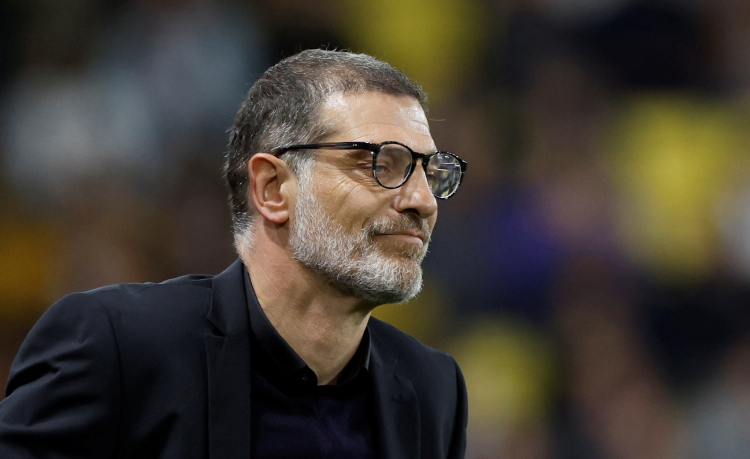You are viewing 1 of your 1 free articles
Playing with split strikers
In the session, we look for the different movements of the strikers in linking up to create space and opportunities for both themselves and others
| Area | Up to 54x44 yards |
| Equipment | Balls, mannequins (or poles), goals |
| No. of Players | Up to 6v6 |
| Session Time | Positional and half pitch practices 10mins each, Game 40mins |
This session looks at playing with split strikers – one short, one long.
In the session, we look for the different movements of the strikers in linking up to create space and opportunities for both themselves and others.
Naturally, this scenario happens regularly in matches, and utilising specific link-up play between strikers is worth many goals to us throughout the course of the campaign.
What do I get the players to do?
Positional practice
Working as a pair, serves come in from different areas, with the ‘long’ striker and ‘short’ striker linking up. Either can receive and manipulate the ball to each other. Good control and smart positional awareness is key (1/2).
1
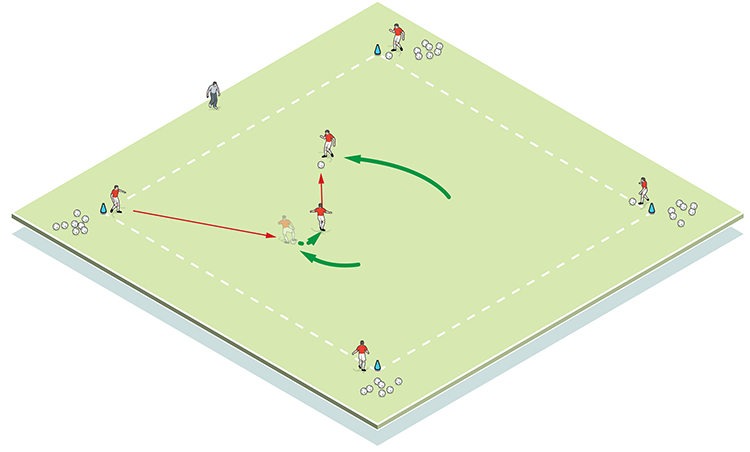
2
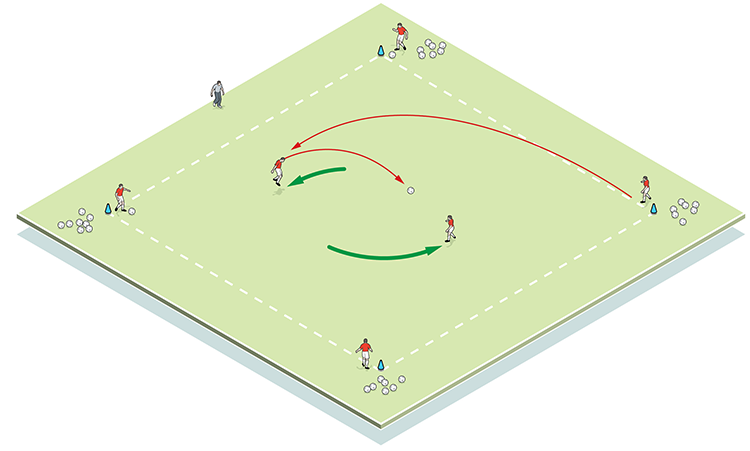
Half pitch practice
Setting up as shown, using two strikers and two mannequins, the attacking duo link up having been served the ball in, with each move ending with a shot at goal (3). The long striker will always look to stretch play, while the short striker comes in close to receive.
3
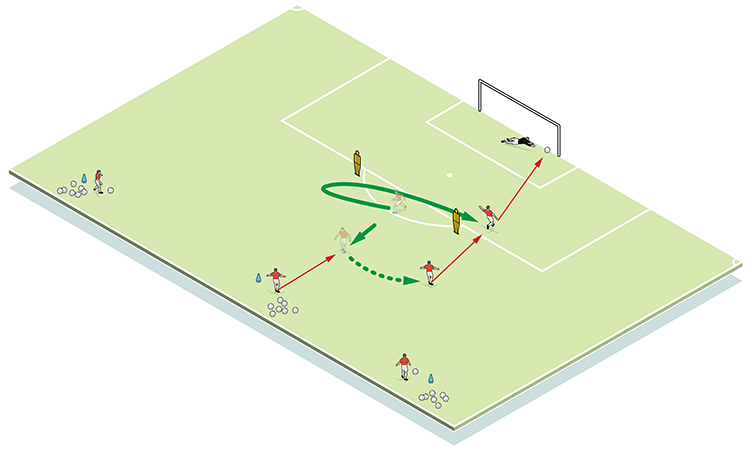
How do I progress the session?
We progress by replacing the mannequins with defenders (4). The short striker looks to draw the defender out to create space behind. If he cannot do this, the short striker faces up the defender to run at him, while the long striker’s movement keeps the line long and creates space.
4
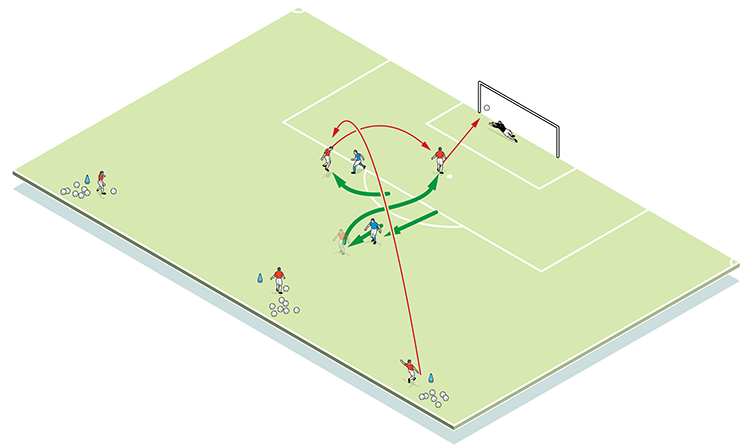
Small-sided game
This is a 6v6 small-sided game, set up as shown (5). The idea is to again use the premise of the short and long strikers, albeit in a game situation. There are three 18-yard zones, although if using greater player numbers we would extend the width of the pitch from 30 to 44 yards.
5
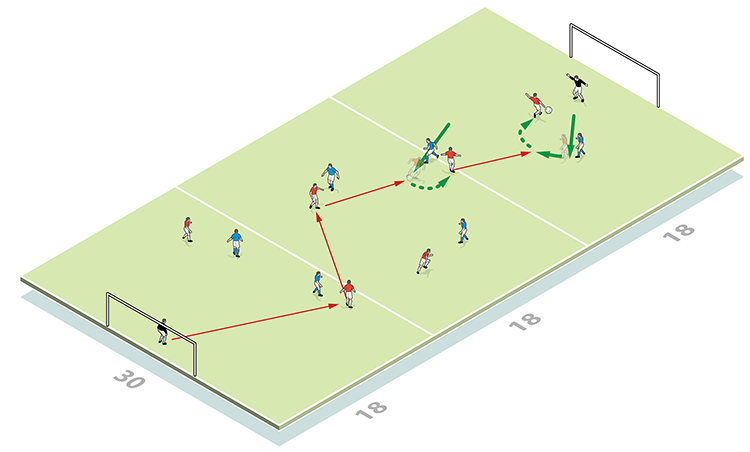
The zones are used in order to encourage the short striker to drop into the middle section, thus manufacturing a 3v2 overload for his team. Decoy runs can also be used should the team want to go long (6).
6
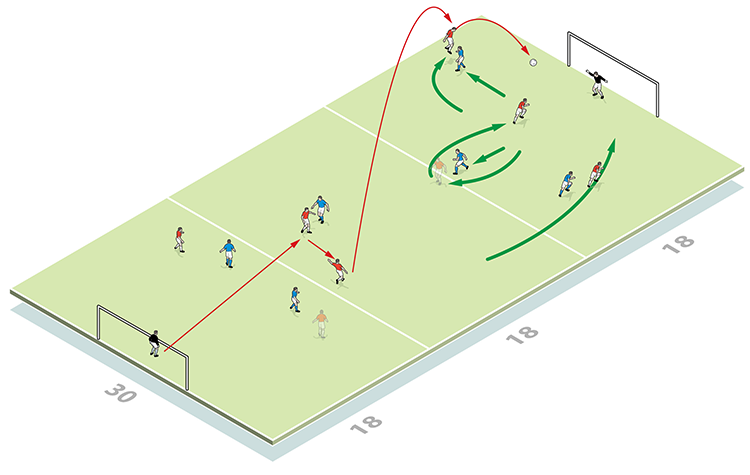
When possession is turned over, the other team attacks.
What are the key things to look out for?
We’re looking for good movement and receiving skills, with attackers building up an intuitive relationship so that each knows what the other intends to do. Timing and communication are obviously essential elements.
There is pressure on the long striker, in particular, who needs to stretch play at every opportunity whilst remaining onside, but the short striker’s ability to drop is also key.
Finally, we cannot understate the importance of a clinical finish, otherwise the time and energy invested in the approach play is for nothing.
Related Files
Editor's Picks
Using the goalkeeper in build-up play
Pressing principles
Intensive boxes drill with goals
Penetrating the final third
Creating and finishing
My philosophy
Pressing initiation
Compact team movement
Defensive organisation
Coaches' Testimonials

Alan Pardew

Arsène Wenger

Brendan Rodgers

Carlos Carvalhal

José Mourinho

Jürgen Klopp

Pep Guardiola

Roy Hodgson

Sir Alex Ferguson

Steven Gerrard
Related
Principles in possession
Coaches' Testimonials

Gerald Kearney, Downtown Las Vegas Soccer Club

Paul Butler, Florida, USA

Rick Shields, Springboro, USA

Tony Green, Pierrefonds Titans, Quebec, Canada
Join the world's leading coaches and managers and discover for yourself one of the best kept secrets in coaching. No other training tool on the planet is written or read by the calibre of names you’ll find in Elite Soccer.
In a recent survey 92% of subscribers said Elite Soccer makes them more confident, 89% said it makes them a more effective coach and 91% said it makes them more inspired.
Get Monthly Inspiration
All the latest techniques and approaches
Since 2010 Elite Soccer has given subscribers exclusive insight into the training ground practices of the world’s best coaches. Published in partnership with the League Managers Association we have unparalleled access to the leading lights in the English leagues, as well as a host of international managers.
Elite Soccer exclusively features sessions written by the coaches themselves. There are no observed sessions and no sessions “in the style of”, just first-hand advice delivered direct to you from the coach.






